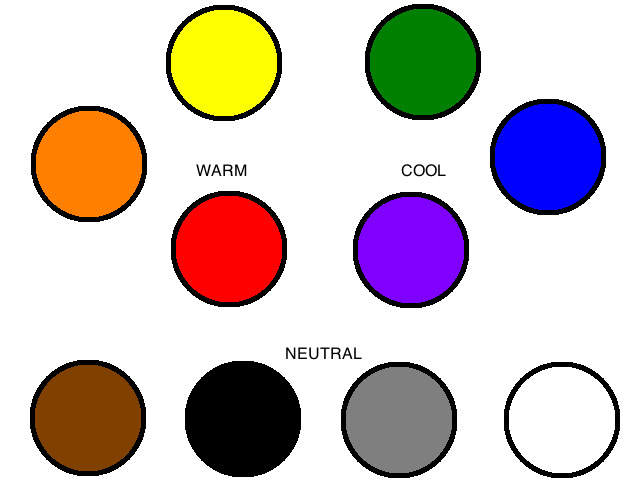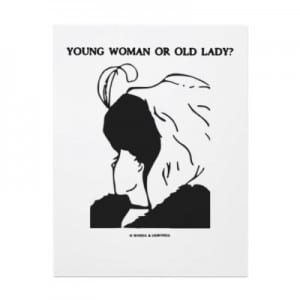4th grade has been looking closely at optical illusions in art class. They are so much fun! At first, you see one thing.... but then you see something else!
After a lot of Op Art discussion, students made Op Art of their own. Take a look!
 |
| We started by carefully drawing a tunnel illusion. By carefully adding shadows and highlights with pencil, the pieces of our tunnels appear to be 3-dimensionsal! |
 |
It was a lot of work, but when we finished, they looked AWESOME!
|
 |
| Then Ms. May took some silly pictures of each student sitting in a chair... |
 |
| but after we cut the pictures out.... |
 |
| we look like we are falling down the tunnel! |
 |
| Ahhhhh!!!! |
 |
| Don't worry! It's just an optical illusion :) |























































